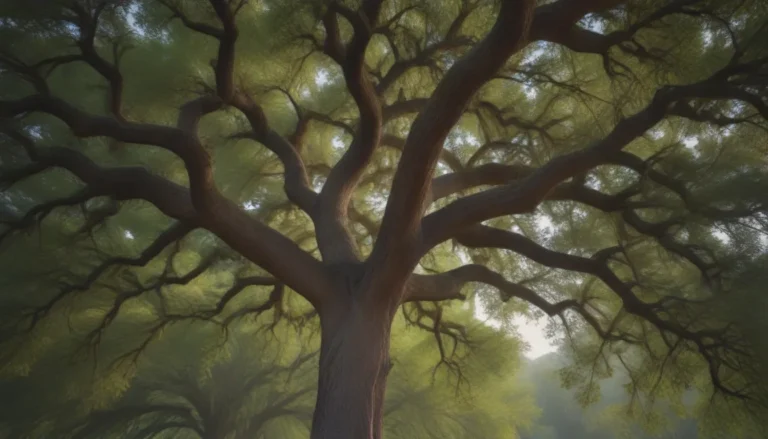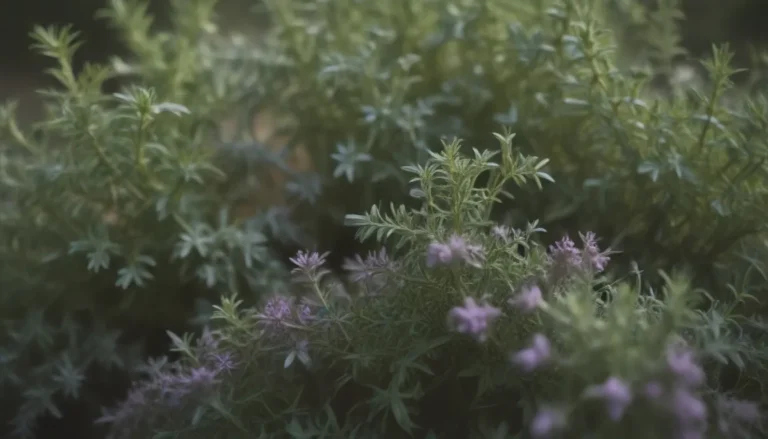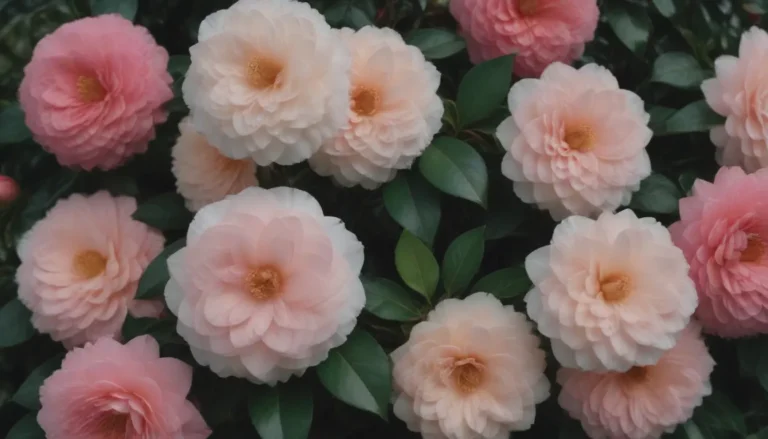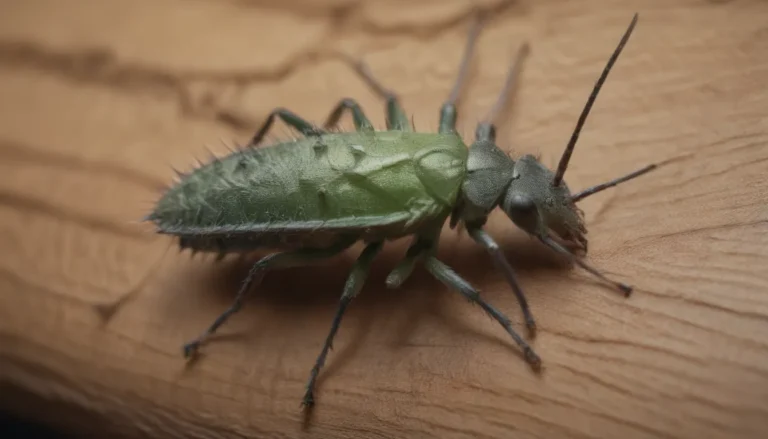Comprehensive Guide to Growing and Caring for Wood Grass
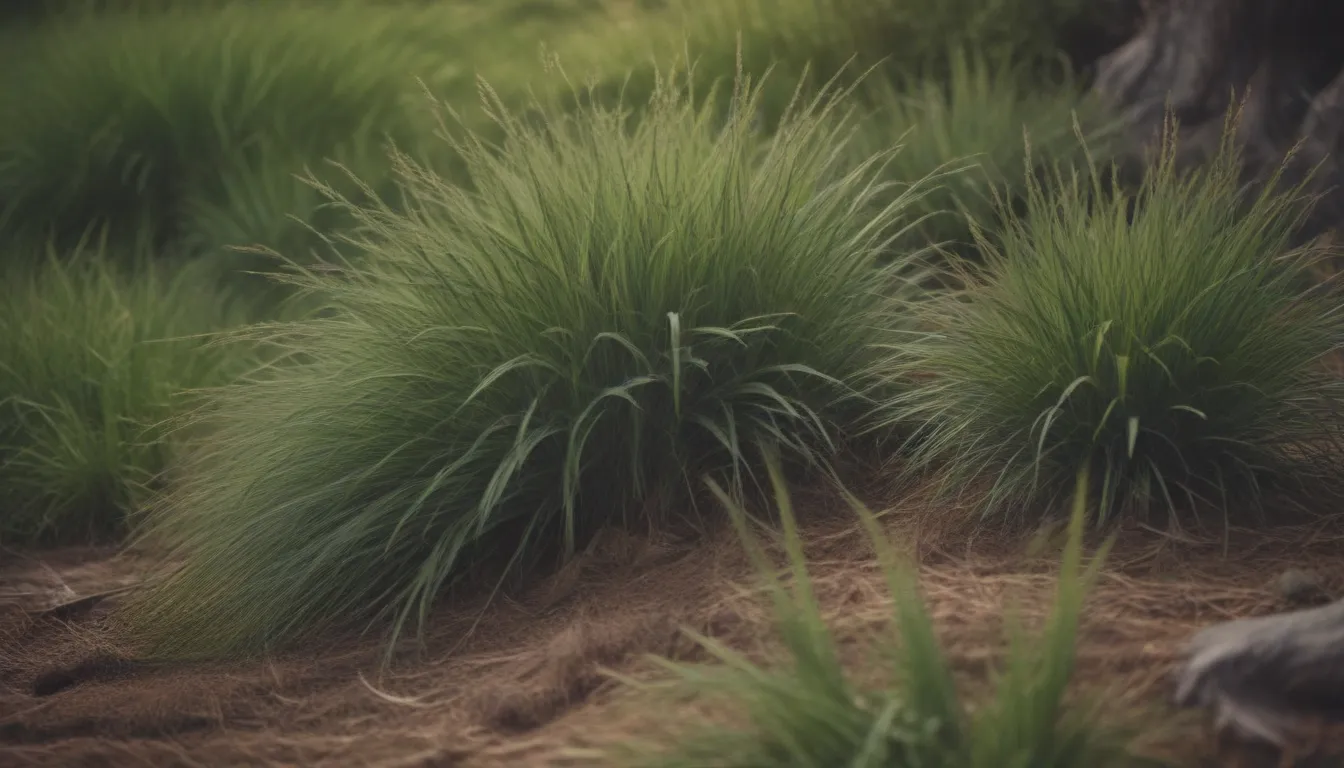
If you’re looking to add a touch of native beauty to your garden or need a hardy grass for livestock feed, wood grass (Sorghastrum nutans) is an excellent choice. This fast-growing grass is a resilient plant that thrives in full sunlight and is adaptable to various soil types. In this comprehensive guide, we will explore everything you need to know about growing and caring for wood grass to ensure it flourishes in your outdoor space.
Introduction to Wood Grass
Wood grass, native to the prairies of North America, is not only a popular ornamental grass but also serves as a valuable source of feed for livestock. With its ability to withstand challenges like drought and erosion, wood grass is well-suited for milder climates and can thrive with minimal care once established.
Benefits of Wood Grass
- Fast-growing and low-maintenance
- Adaptable to various soil types
- Drought-tolerant and resistant to erosion
- Attracts bees, butterflies, birds, and wildlife
- Deer-resistant
Wood Grass Care Tips
Growing wood grass is relatively easy, provided you meet its basic care requirements. Here are the key factors to consider when caring for wood grass in your garden:
Light
Wood grass thrives in full sun, so ensure it receives at least six hours of direct sunlight daily for optimal growth.
Soil
This grass is not picky about soil types and can tolerate heavy clay or dry, infertile soils. The key is to ensure the soil is well-drained to prevent excess moisture, which can cause the grass to flop.
Water
Avoid overwatering wood grass, as this can result in weak sprawling stems. Once established, this plant is drought-tolerant and can cope well with dry to medium conditions.
Temperature and Humidity
Wood grass prefers mild temperatures around 85 to 95 degrees Fahrenheit and thrives in a dry environment. However, it can still grow well in temperatures above 60 degrees Fahrenheit.
Fertilizer
Wood grass does not require fertilizer to thrive. In fact, it is best to avoid fertilization as it can weaken the root system. Light fertilization may be necessary for very young grass during establishment.
Types of Wood Grass
There are various cultivars of wood grass available, each offering unique characteristics in terms of size and flower color. Some popular types include:
- S. nutans ‘Cheyenne’
- S. nutans ‘Nebraska 54’
- S. nutans ‘Holt’
- S. nutans ‘Sioux Blue’
- S. nutans ‘Indian Steel’
- S. nutans ‘Bluebird’
Pruning and Propagating
To ensure healthy growth and vibrant blooms, it is essential to prune and propagate wood grass correctly. Here are some tips:
Pruning
- Cut back wood grass to the ground in late winter or early spring to encourage new growth.
- Wait until early spring before pruning if you want to appreciate the grass in winter or provide seed-heads for wildlife.
- Deadhead during fall to prevent excess self-seeding in small gardens.
Propagating
- Wood grass can be grown from seeds, but division is not recommended due to its complex root system.
- Germinate seeds easily for rapid growth and maturity by the second year.
Common Pests and Plant Diseases
Despite its hardiness, wood grass can still be susceptible to pests and diseases. Here are some common issues and how to address them:
- Pests: Aphids, spider mites, and spittlebugs can be treated with insecticidal soap or neem oil.
- Diseases: Leaf spot diseases can be prevented by ensuring proper spacing and adequate drainage, along with fungal treatments when necessary.
Blooming and Maintenance
Wood grass produces beautiful golden-yellow or orange flowers in late summer to fall, adding a touch of color to your garden. Here’s what you need to know about blooming and maintenance:
Blooming
- Wood grass typically blooms between August and October, with flowers maturing to bronze and then grey for winter interest.
- Full sunlight is essential for optimal blooming, so ensure the grass receives at least six hours of direct sun daily.
Maintenance
- After blooming, wood grass requires minimal care. Consider pruning in early spring to promote healthy growth.
- Deadhead spent flowers if you want to prevent self-seeding in your garden.
Common Problems and Solutions
Wood grass is relatively low-maintenance, but it can encounter issues like yellow leaves, drooping stems, and sprawling growth. Here are some common problems and solutions:
- Yellow Leaves: Too much water may cause yellowing leaves. Ensure the soil is moist to somewhat dry for optimal growth.
- Drooping Stems: Inadequate water can lead to drooping stems. Provide enough moisture without overwatering.
- Sprawling Growth: Overwatering, overfeeding, and excessive shade can result in weak sprawling stems. Ensure proper sunlight and well-drained soil for healthy growth.
Final Thoughts
In conclusion, wood grass is a versatile and resilient plant that can enhance the beauty of your garden while providing valuable habitat for wildlife. By following the care tips and guidelines outlined in this comprehensive guide, you can ensure that your wood grass thrives and flourishes in your outdoor space. Whether you’re a gardening enthusiast or a livestock owner, wood grass is a valuable addition to any landscape.
